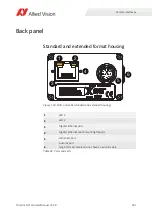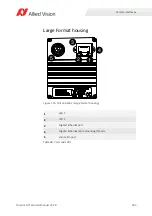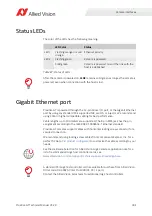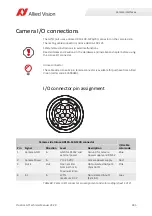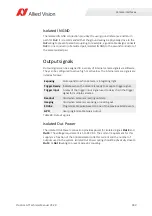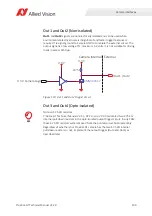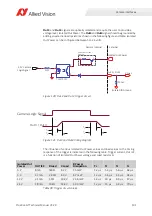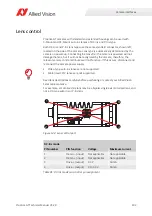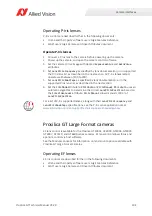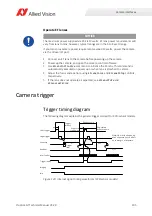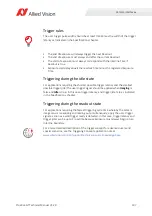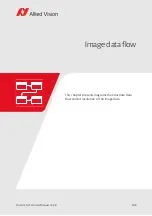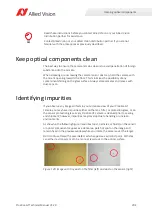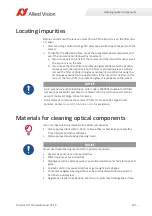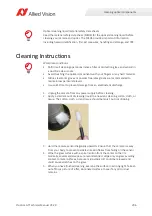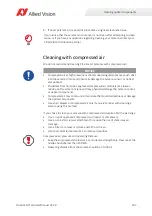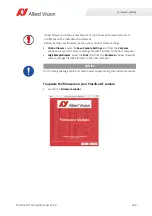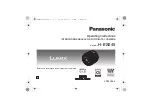
Camera interfaces
196
Prosilica GT Technical Manual V3.2.0
The following diagram explains the general trigger concept for CMOS-sensor
models.
Trigger definitions
Figure 124: Internal signal timing waveforms (CMOS-sensor models)
Term
Definition
User trigger
Trigger signal applied by the user (hardware trigger, software trigger).
Logic trigger
Trigger signal seen by the camera internal logic (not visible to the user).
Propagation delay
Propagation delay (
t
pd
) between the user trigger and the logic trigger.
Exposure
High when the camera image sensor is integrating light.
Readout
High when the camera image sensor is reading out data.
Trigger latency
Time delay between the user trigger and the start of exposure.
Trigger jitter
Deviation from the trigger latency time.
Trigger ready
Indicates to the user that the camera will accept the next trigger.
Registered exposure time
Exposure time value currently stored in the camera memory.
Exposure start delay
Registered exposure time subtracted from the readout time and indicates
when the next exposure cycle can begin such that the exposure will end
after the current readout.
Interline time
Time between sensor row readout cycles.
Imaging
High when the camera image sensor is either exposing or reading out data.
Idle
High if the camera image sensor is not exposing or reading out data.
Table 93: Explanation of signals in timing diagram
User trigger
Logic trigger
E
x
posure
Readout
Trigger read
y
Imaging
Idle
t
pd
Trigger
latenc
y
E
x
posure
start dela
y
Trigger
ji
Ʃ
er
Registered
e
x
posure
Ɵ
me
Readout
Ɵ
me
N
N+ 1
N
N+ 1
Note: Ji
Ʃ
er at the beginning
of an e
x
posure has no e
ī
ect
on the length of e
x
posure.

